In only a few years, solar paired with energy storage has gone from a niche concept to the new reality of the U.S. power system. And it all really came down to price.
While the 14.5 cents per kilowatt-hour that SolarCity was able to achieve with solar plus storage on Kaua’i was groundbreaking three and half years ago when it was announced, today Hawaiian regulators set a new threshold for the price that solar projects fully backed by four-hour batteries must beat: 10 cents per kilowatt-hour.
The Hawaiian Public Utilities Commission (HPUC) has approved contracts between the subsidiary utilities of Hawaiian Electric Industries and the developers of six projects, representing a combined capacity of 247 MW of solar, and 998 megawatt-hours of energy storage – meaning that the entire capacity of all six projects will be fully backed by four-hour batteries.
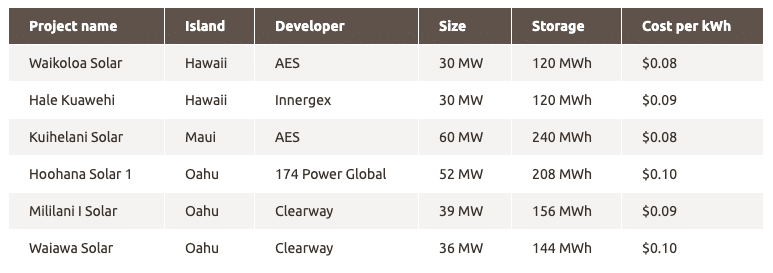
The price for each of these contracts was between eight and ten cents per kilowatt-hour. This is cheaper than both gas peaker plants and HEI’s current cost of fossil fuel generation, much of which is petroleum-based, which the company put at around 15 cents per kilowatt-hour.
HPUC is holding two other contracts for further review, and earlier filings indicate that one of these was priced at 12 cents per kilowatt-hour.
Utility-scale solar output to grow more than 3x
These projects will substantially add to the utility-scale solar generation in Hawaii. Unlike all other states that pv magazine has studied, the large majority of solar that has gone online in Hawaii is rooftop solar, not large-scale.
These six projects will dramatically increase the volume of utility-scale solar on the island chain, and using 2017 capacity factors provided by the U.S. Department of Energy, pv magazine estimates that these will generate somewhere in the neighborhood of 480 gigawatt-hours of electricity annually, more than tripling the current output of utility-scale solar as the island moves towards its mandate to get all of its electricity from renewable energy sources by 2045.
But perhaps more important than that is that these projects can be used to supply electricity during the evening peak and on cloudy days, moving solar from an intermittent, mid-day supply of electricity to a dispatchable resource.
As such, they are ushering in the age of the solar peaker. And there will be more where these came from.
This content is protected by copyright and may not be reused. If you want to cooperate with us and would like to reuse some of our content, please contact: editors@pv-magazine.com.
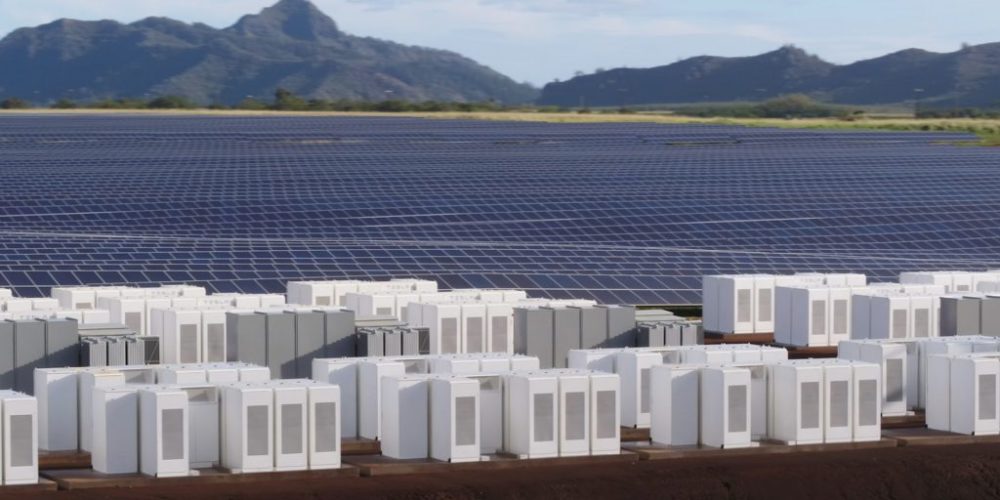
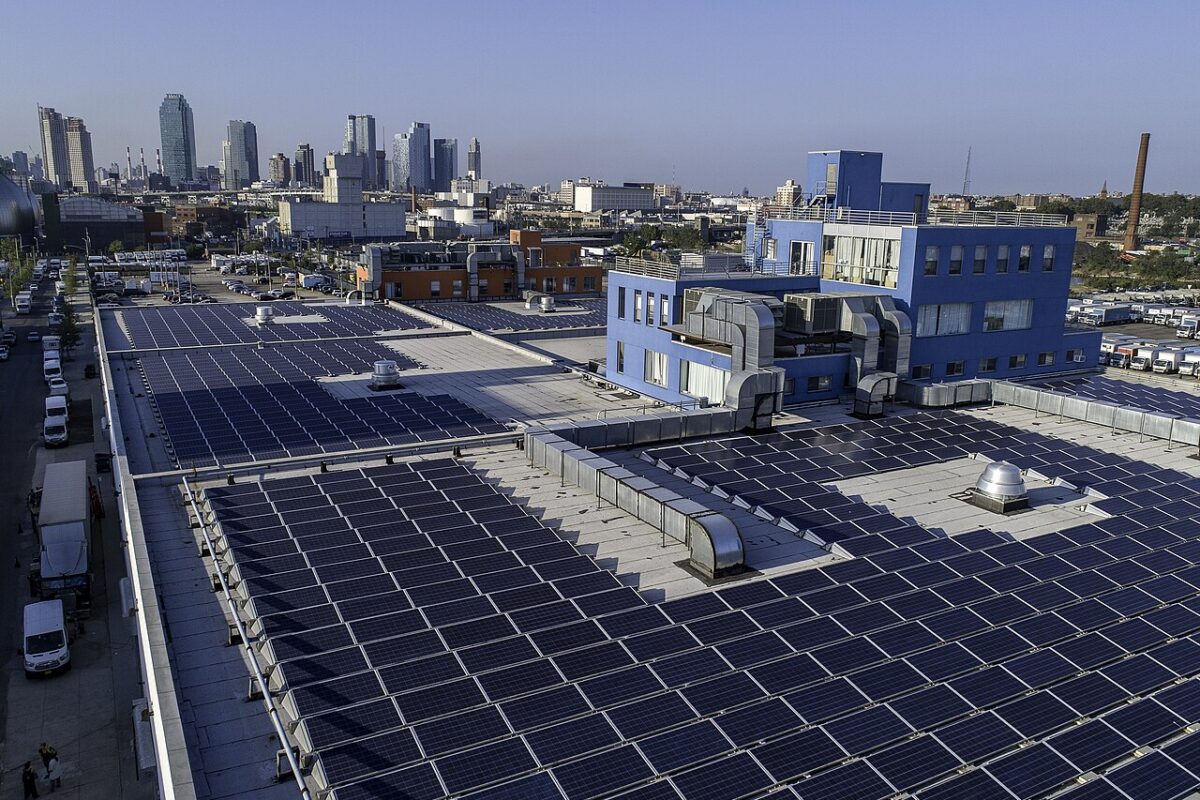





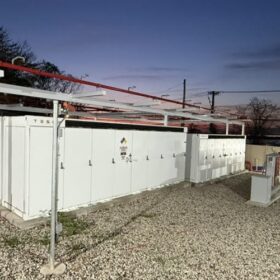
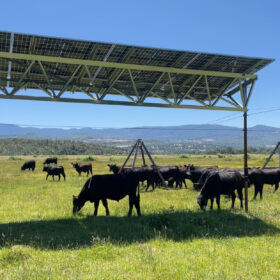
Great news. Wondering where wind turbines are in the picture.
How much Government tax credits and subsidies are part of the total cost
Yeah, I don’t have answers on that one. The 30% ITC is definitely in there, but tax equity providers get a cut of that, so it’s not a neat 30% affect on prices. There are also renewable energy credits to consider, but I have no idea what their value is right now in Hawaii, and how much this would affect the price in a power contract.
Good question about wind, you’d think it would be a natural. But wind is problematic on the islands. Seems there are rare, only-to-be-found-there bird species that are being protected by wind farm bans in certain areas. I would then question if you could move 5 miles offshore with the turbines and go for the win-win.
The average capacity factor for renewables is ~1/3, a little higher for wind, a little lower for solar. To provide electricity all day requires ~16 hours worth of stored energy. Why is 4 hours adequate?
Thanks.
*No* power plants run at 100% capacity factor on an annual basis. Frankly having a plant that runs all the time isn’t as useful as having one that you can run when you need and turn off when you don’t need it.
To meet 24 hour demand, you could theoretically have six of these plants. Or one plant producing at 1/6 of rated capacity – again, if you needed the same amount of power all 24 hours. But as power demand fluctuates on diurnal patterns, you don’t.
Christian:
Is the quoted cost of storage (US$/kWh) include the cost of the solar energy to be stored or just the extra cost of storing the solar energy? It is not clear to me.
If the US$0.08-0.10/kWh includes both the price of generating the solar energy and the price of storing the solar energy that is quite an achievement.
Hello Michael,
My understanding is that the 8-10 cents includes both the cost of generation and storage – the solar and the batteries.
And yes, it is quite an achievement. As happened with solar, costs are coming down faster than anyone predicted.
– Christian